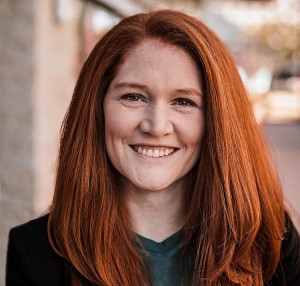- Video Library
- Caitlin Morse Presents BrainSpace at LSI USA '23
Caitlin Morse Presents BrainSpace at LSI USA '23

Caitlin Morse
I am passionate about impacting global health by leveraging my medical device and international experience to improve access, efficacy, efficiency and affordability. I believe this all starts with meaningful communication: understanding the needs and priorities of patients, practitioners, payers, governments, device creators and distributors is key to creating targeted solutions with lasting impact and financial sustainability. In addition to being an entrepreneur, I also enjoy empowering other entrepreneurs.
Caitlin Morse
I am passionate about impacting global health by leveraging my medical device and international experience to improve access, efficacy, efficiency and affordability. I believe this all starts with meaningful communication: understanding the needs and priorities of patients, practitioners, payers, governments, device creators and distributors is key to creating targeted solutions with lasting impact and financial sustainability. In addition to being an entrepreneur, I also enjoy empowering other entrepreneurs.

17011 Beach Blvd, Suite 500 Huntington Beach, CA 92647
714-847-3540© 2025 Life Science Intelligence, Inc., All Rights Reserved. | Privacy Policy







